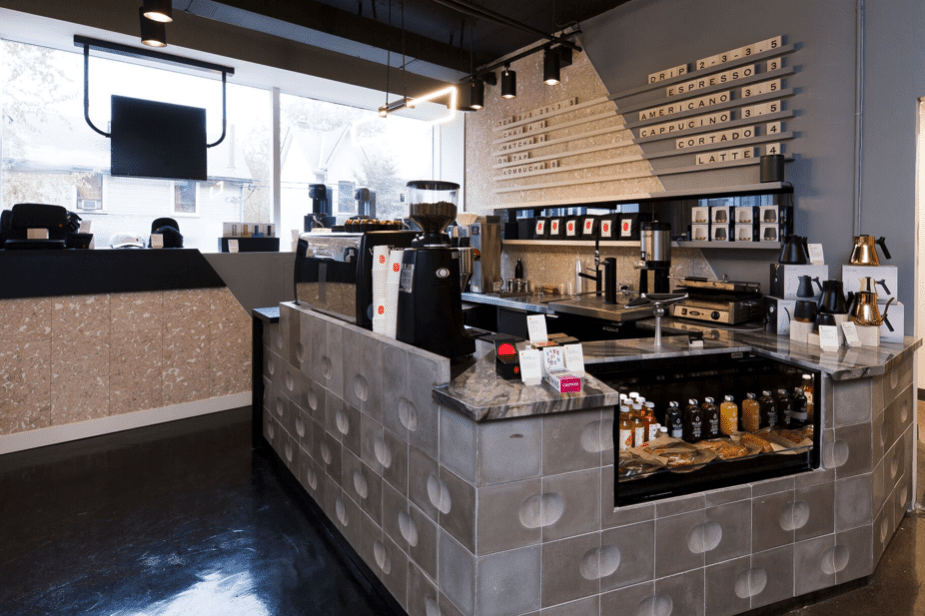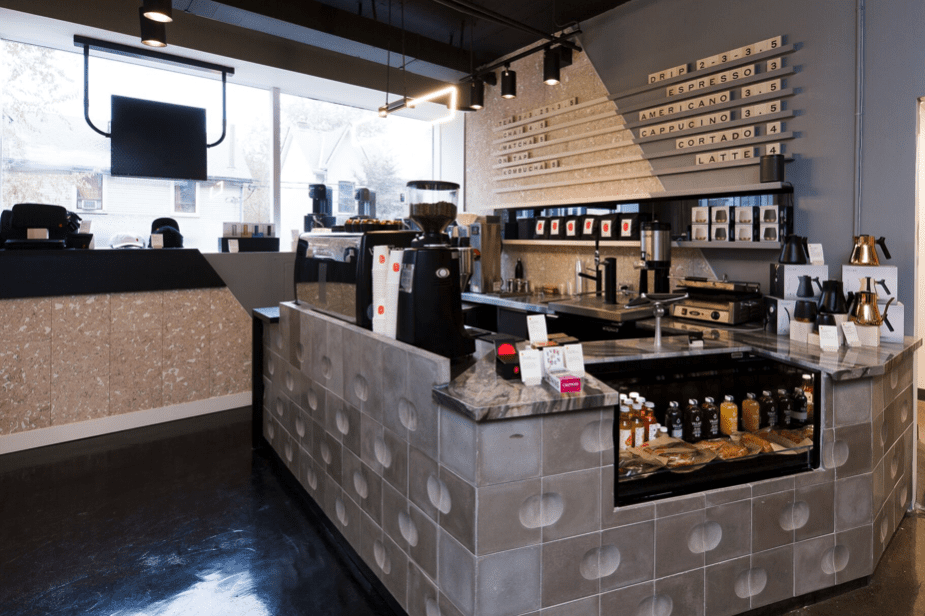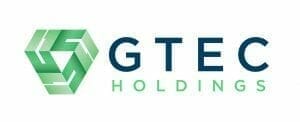In 2014, I said before a crowd at one of the first cannabis company conferences, ‘forget growing weed – nobody invested hard in barley and hops after prohibition ended – they wanted to invest in brands, the Seagrams and Canadian Clubs and Budweisers, that got the maximum margin out of every ingredient.’
I’ve said similar things regularly in the time since.
https://equity.guru/2016/12/13/canadian-marijuana-regulation-study-released-dispensaries-in-alcohol-boards-out/
That sentiment applies today. Growing weed is a big industry but selling it to medical patients as smokable flower is the hardest and least profitable end of the business. What people increasingly want is a brand that’s going to penetrate the consumer market in drug stores and convenience stores and liquor stores and online.
Dealmakers are all over this. Forever chasing the next big thing, they’ve finally got the memo that branding will be more important than growing source material and so now they’re looking for anything and everything with a pretty logo.
That’s dumb, because it isn’t what a brand is.
Branding isn’t about coming up with a name and a logo. It’s about what people think of when they think of the product they’re looking for. It’s the difference between having a brand and BEING a brand.
As an example, Coca Cola is a brand. Sprite is a brand. Rocket Fizz Chocolate Soda, is not a brand, even though it ‘has’ branding. Lester’s Fixins Ranch Dressing Soda is not a brand, though it has one.
Entrepreneur Magazine’s John Williams takes this deeper:
Consistent, strategic branding leads to a strong brand equity, which means the added value brought to your company’s products or services that allows you to charge more for your brand than what identical, unbranded products command. The most obvious example of this is Coke vs. a generic soda. Because Coca-Cola has built a powerful brand equity, it can charge more for its product–and customers will pay that higher price.
The added value intrinsic to brand equity frequently comes in the form of perceived quality or emotional attachment. For example, Nike associates its products with star athletes, hoping customers will transfer their emotional attachment from the athlete to the product. For Nike, it’s not just the shoe’s features that sell the shoe.
So when I say there’s no cannabis brands bar one in Canada, it’s through that lens that I’m looking.
 The Hiku Brands/Tokyo Smoke (HIKU.C) deal set this branding fetishism off, when the former paid $200m for the latter, despite Smoke not making any profit and underperforming on sales and not really being that big a company really, when you look at it.
The Hiku Brands/Tokyo Smoke (HIKU.C) deal set this branding fetishism off, when the former paid $200m for the latter, despite Smoke not making any profit and underperforming on sales and not really being that big a company really, when you look at it.
Hiku made that deal because it was the only Canadian weed lifestyle brand with any outward facing consumer recognition – period.
Oh, you can talk about Canopy and Aphria and Cannimed, but nobody on Main Street is hitting a dispensary looking for that fine Aphria kush. They’re just not. They may do business with Canopy or Abcann or Invictus or Emerald but none of them will head to a store looking for those brands and few people will tell you at a party, “I only smoke Aurora because it has that full rich flavour.”.
In short, there’s a difference between something you buy because it’s there, and something you buy because you’re a fan of the brand.
Tokyo Smoke was a brand before branding was a thing anyone paid attention to in the weed space. It’s financial losses matter not, because it has goodwill, in that the target audience knows it exists. It’s overvalue on the Hiku deal also matters not, because it did what Hiku wanted, in giving it a real distribution presence. Before MedMen (MMEN.C) tried to promote itself as the Apple Stores of retail, Tokyo Smoke had that market cornered.
“Tokyo Smoke is for the sophisticated smoker, those who embrace beautiful design along with alternative states of mind. They believe a smoke session should be approached with the same thoughtful consideration as preparing a perfect cup of coffee. It’s for active days and chill nights—or chill days and active nights. It’s a culture that believes in the experience: a well-curated smoke session, one of intention or imagination, is always worth the trip.”
When Hiku talks to Saskatchewan or PEI about setting up dispensaries in those places, the fact that it brings Canada’s most recognizable retail branding with it is huge. It’s a deal closer. They bought their way into a rarified space. They’ve only got seven stores over two provinces, but they walk with a strut and punch heavier than their weight class.
In response, every marketing nimrod out there has hit every LP and tried to sell the story that, “People want brands, and I can create nine of them for you, for every demographic.”
That’s not how these things work, gomer.
For a brand to be a ‘brand’, it needs consumer pickup. It’s needs recognition, and presence, and actual business, even at a loss. It needs to be more than a $2,000 logo. It needs heft.
Today, there are no weed ‘brands’ in the Canadian retail space but Tokyo Smoke. and the only reason anyone ever gave a shit about Newstrike Resources (HIP.C) was because A) Cannimed was trying to acquire it to defend against an acquisition by Aurora (ACB.T), and the Tragically Hip had agreed to celebri-fy the thing.
Now, there are a dozen companies I could name that are out there snatching at any ‘brand’ you see. No sales, no license, no problem. Pretty logo and a little pizazz on the title and you’re good for a deal worth $3m in Namaste paper.
Supreme Cannabis’ (FIRE.V) CEO John Fowler tells me he’s had those same branding offers from market guys intent on cranking out as many as they can, while investors are paying a premium for them.
“We have one brand – Supreme,” says Fowler. “All the biggest companies that vertically integrate, in every industry, they’re all based around one strong brand that does good business, and they bring in others that add value and margin to that initial business.”
“I’ve had guys coming at me asking for Supreme product that they’ll relabel and, ‘nobody will know,’ and I don’t want that. I want Supreme on the label of anything we supply to other LPs. I think it stands for something and it’s worth something and you don’t build a brand by just tossing ten logos out there.”
MedMen, crappy a company as it is, has a brand, and in fact has spent a lot of time and money and marketing effort in building it. As an example, MMEN advertises during the Howard Stern show on Sirius satellite radio. The company only has a presence in three states, which means that national ad spend is largely wasted money, except what they’re selling to consumers isn’t weed, it’s the knowledge that their weed exists somewhere, even if it’s in a place you can’t visit.
“Who is MedMen?” The radio ad says. “MedMen is redefining the cannabis industry and becoming the most trusted cannabis brand in the US, with stores in California and Nevada offering over 1,000 products for both medicinal as well as adult-use.”
That’s the brand MedMen is trying to create; that they’re the biggest and most trusted in the US.
They’re not, but if they can convince you they are, then it goes some way to justifying their current inflated valuation. To that end, they’re running dozens of billboards, and rolling 60 trucks with MedMen advertising on the back all around California.
MedMen is an awful deal and, if you look deep enough, you find that they don’t actually own a lot of the dispensaries they’re claiming, but they’re going to build a brand regardless by making sure they’re recognized.
While MMEN is going for the ‘we are life’ end of the branding equation, others are going the other way, looking to the wine industry for guidance, reasoning that the wine industry has decades of successes and failures to go on, and they’ve had that while dealing with many of the same government distribution entities that the marijuana industry will now have to sell through.
Greentec Holdings (GTEC), which looks to go public very soon, has acquired a thick roster of small artisan growers at varying stages of licensing, mostly collected around the Okanagan region of BC, where wine is king, as well as Kincardine ON (home of Supreme), and Calgary AB.
The company has taken the anti-MedMen tack, preferring smaller brands that, they believe, will attract a premium price due to quality, location, and economies of scale.
https://equity.guru/2018/03/07/cannabis-getting-complicated-greentec-holdings-gtec-geared-whats-next/
“We found people who we believe make the best product, period,” says Greentec Chairman and CEO, Norton Singhavon. He was an advisor at Invictus MD Strategies (IMH.C) when it was the first ‘roll up’ play in the Canadian weed space, and points to that company having run from being worth less than $4 million when it had $4 million in cash at hand, to today’s $165 million valuation in just two years as justifying his current approach.
“We don’t want to be the biggest weed farm in Canada,” he says. “Someone is going to supply the big corporations with a lot of cannabis at a tiny margin and claim that as a win, but we’re really looking to be the little brand on the shelf for a premium price that you try and think, ‘that’s my brand. I like this one.'”

Another branding deal happening now and going public soon is Biome Grow, which will be public shortly.
The angle on this one is Jacob Securities, which helped kickstart cannabis as a Canadian industry back when they helped get Canopy/Tweed off the ground, is grabbing late stage LP applicants of a given size with a strong likelihood of license success, not so they can grow to a million billion square feet, but so they can grab a toehold in each province on the distribution side and be the guys you look to for retail across half the country.
In Nova Scotia, they have ‘Highland Grow’ at 100k sq. ft, and at Newfoundland and Labrador they have Back Home Medical, at 169k sq. ft.
The positioning of Sasha Jacob and his go-to analyst/deal-maker Khurram Malick can not be overstated. Malick wrote what was the bible of the cannabis industry, back in the day, that laid out the landscape a
nd gave everyone else a guidebook for the future. Jacob raised more money than anyone in the early days of the public markets weed scene. When these guys show up at the door with a bunch of weed applicants in hand, it’s no small deal.
Jacob is monstering in Atlantic Canada right now, having helped launch a Spaceport, a tier IV server farm, a $100m energy plant, and a 200mw wind farm, all in the Maritimes.
So when he shows up with cannabis applicants, you take it seriously.
This is why they’re offering a $15m pre-listing financing at $5 per share.
See it here: [pdf-embedder url=”https://e4njohordzs.exactdn.com/wp-content/uploads/2018/06/Echelon-CCC-Biome-Term-Sheet.pdf” title=”Echelon CCC (Biome) Term Sheet”]
 Choom Holdings (CHOO.C) is another brand play with a dispensary twist. While the parent company has put much thought into designing a brand that is closely associated with bikinis and Hawaii and the unnamed (for legal reasons) US President who was once a member of the Choom Gang, the real play here is tied into applications to open retail locations in the cowboy country of Alberta and Sakatchewan, where a little beach culture may find an agreeable prairie consumer home.
Choom Holdings (CHOO.C) is another brand play with a dispensary twist. While the parent company has put much thought into designing a brand that is closely associated with bikinis and Hawaii and the unnamed (for legal reasons) US President who was once a member of the Choom Gang, the real play here is tied into applications to open retail locations in the cowboy country of Alberta and Sakatchewan, where a little beach culture may find an agreeable prairie consumer home.
While, using my previous definitions, there is no ‘brand’ in Choom’s brand yet, as they’re not actively selling anything but stock and have no licenses to grow, nor licenses to dispense, the assumption is they will, and will put the same styling they’ve put into their online brand into a retail sales chain.
Choom™ (CSE: CHOO; OTCQB: CHOOF) (the “Company” or “Choom™”), an emerging fully-integrated cannabis company, is aggressively pursuing retail opportunities in the Canadian marketplace. Choom™ has secured the rights to an additional 8 retail locations in Alberta, increasing the total to 17 applications in the approval process with the Alberta Gaming and Liquor Commission (“AGLC”). These retail store locations are subject to licensing by the AGLC and the receipt of all other necessary governmental approvals. This follows the Company’s news release regarding the build-out of its cannabis retail store network, disseminated April 17, 2018.
A strong retail footprint will be instrumental in determining the brands that thrive in this new economy and Choom™ will be poised to capitalize on the coming wave of cannabis distribution with our retail strategy.
Prior to this, the company applied for 32 dispensary locations in Saskatchewan, and 7 in British Columbia. They may end up with none. But they probably won’t, which is why their stock keeps climbing.
As a comparable, MedMen values their dispensaries at around $100m each.
That is, obviously absurd.
What’s not absurd is what CannaRoyalty (CRZ.C) has achieved over the last few years. We told you about the company before it landed, said it was going to build an A-list roster of cannabis assets, and that it would take profits on those investments when the time is right.
CannaRoyalty hasn’t needed to take profits yet, because guys with a lot of money keep making the conclusion that their money would be better in the hands of CEO Marc Lustig than it would be in their own pockets.
If you got on when we told you to, in June of 2017, you haven’t missed any of the sector lifts, but you’ve dodged almost all the sector hurt. This chart is an absolute animal.
The brand here is one that is only known in the weed investor space, but it’s a strong one; that brand is Lustig. He comes in cheap, buys you up slow, helps you grow your brand, and turns you into a part of a much bigger beast.
If I sell pre-rolls in Oregon and Lustig comes in to finance my production facility for 10% of the company, not only am I ramping up business myself, but he’s going to take my brand to other states where he has grows, dispensaries, processors, extractors, edibles, labs, you name it.
So when one of those companies wants to expand their sales offerings, Lustig delivers a catalogue. And when a Canadian company needs an extraction arm, or a beverage brand, or a vape pen line, CRZ makes the calls and delivers something whole.
Those CRZ brands are not the big stonking national brands that we’re all hoping for – not yet. Mostly because they’re in the US and there’s still not enough states allowing the products.
But if just one of his 25+ assets gets an offer, the liquidity event could spike the charts like they haven’t spiked before. CRZ is built for acquisitions and exits, and that’s going to be the REAL branding business over the next year.
Who wants one? Who’s got one? And how much will they pay?
— Chris Parry
FULL DISCLOSURE: Hiku, Invictus, Greentec, Biome, and Choom are Equity.Guru marketing clients, and the author may own stock in those companies. Others mentioned are not clients.





Good angle. We’ve lost touch with the fact that brands EARN their followings.
I suggest you might be underselling the value of celebrity endorsements. They’re the quickest, widest delivery system. Ultimately, the product has to sink or swim on its own.
The Hip and Snoop are spoken for (though IDK what good The Hip do Newstrike without dope to sell). Who’s next?
Sorta love the fact that Gene Simmons is such a terrible endorsement choice that Invictus has to consign their product to Canopy to sell it.
what about TRAILER PARK BUDS?
So how does a brand get going? It seems to me you wait for a quality product to be extensively consumed over time and allow for word to get out. Is there really that much difference in actual brand from product to product? As a non-user, I can only imagine the taste and effect would be the same across the board. As one who would not wish to smoke it, then I’m looking for effect and pleasant mode of consumption. Is putting a celebrity name next to it gonna make a difference? I have to say Willie’s Reserve would seem to catch my eye. Seems to me Willie would have quite the discerning eye for such. How do I identify that brand that is set to take off? I have been thinking, ” find the next Starbucks”, but I think that Cannabis is going to be the next bar scene product, not the next morning kicker. So, what am I looking for? I have the feeling that I will know it when I see it, kind of like the US supreme courts definition of Porn.
Realistically, there just aren’t any yet. MedMen claims to be one, but it’s not. TGOD is pushing hard to be one, but work to be done. Keep your powder dry, friend.
Yeah. Work like “grow some dope and sell it.”